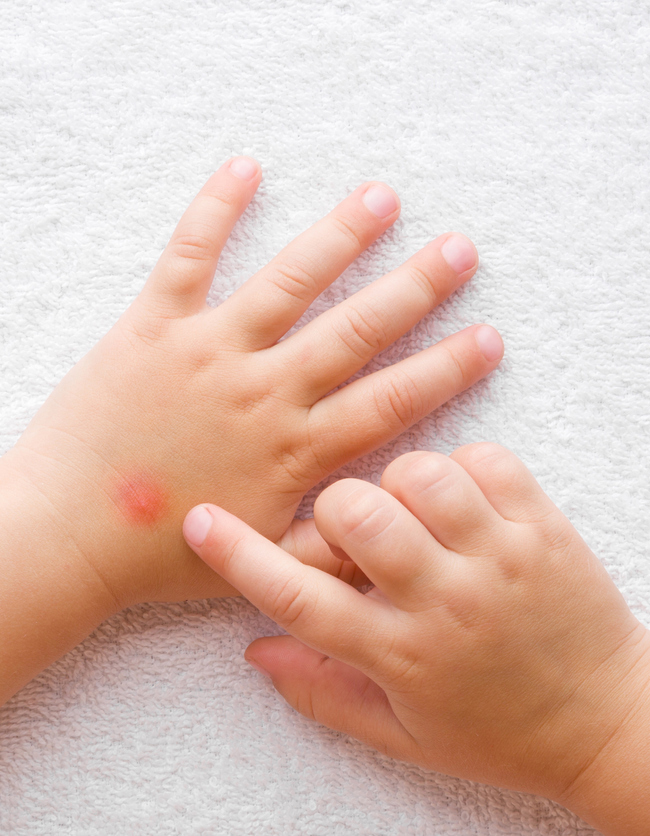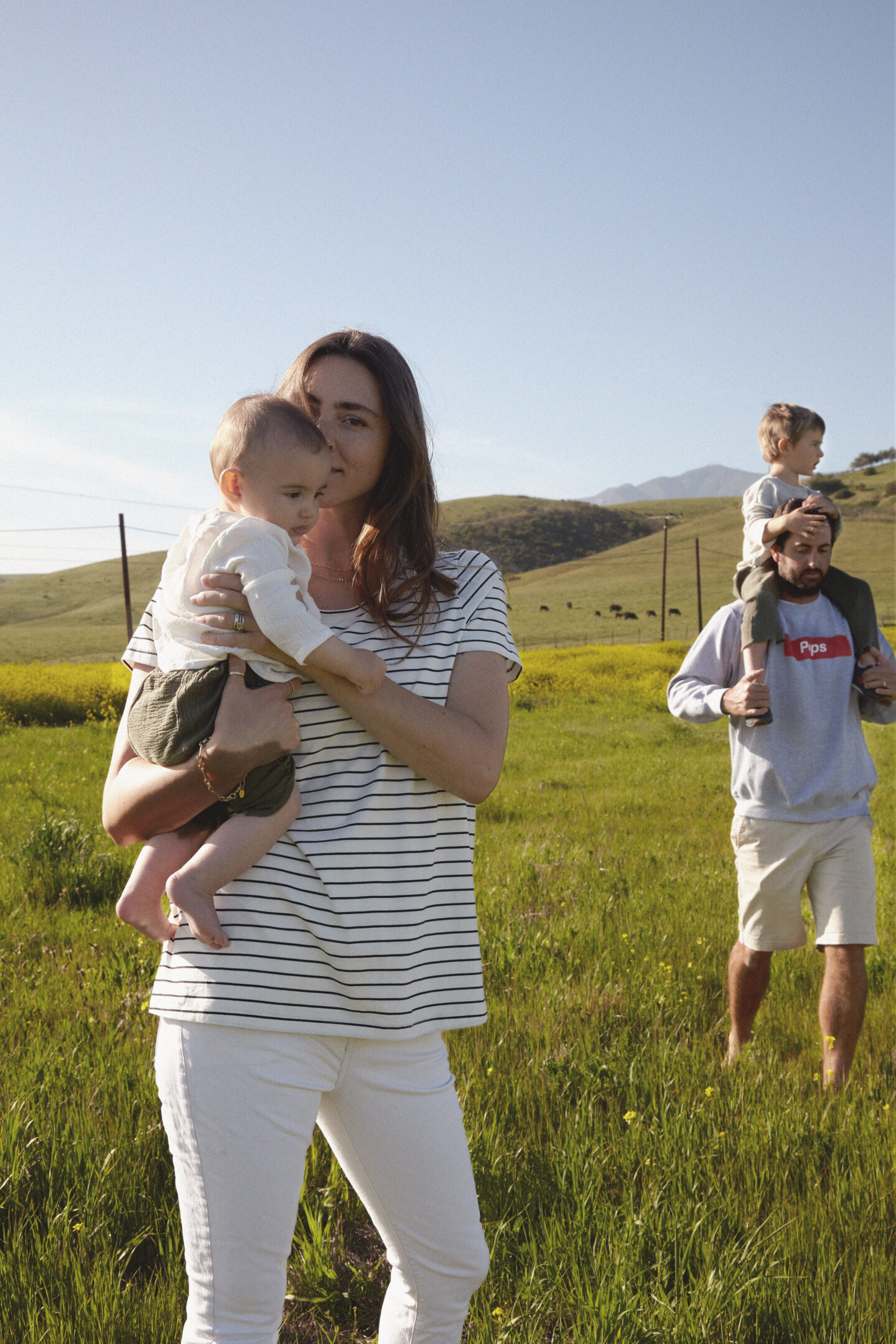Remember when you were little and a bee sting felt like the end of the world? We’ve all been there, crying (yes, full of snot) to mama as she gently soothed the sting with a bit of ice and lots of love. Fast forward to today, and as parents ourselves, those childhood memories have come full circle as we now comfort our own babes through those same summer woes.
To arm you with the knowledge you need, we’ve tapped Sollis Health’s Narissa M. Joyner, MD, Board Certified EM Physician, to give us the lowdown on all things bug bites and bee stings. From when to worry to when to chill out, plus the ultimate on-the-go first aid kit, Dr. Joyner has you covered. And here’s a pro tip: with a Sollis Health family membership, their experts are just a call (or an email with an image attached) away to answer any of your buggy questions, keeping your family safe and your summer stress-free.
What are common signs of insect stings or bites?
- Red bump on the skin
- Circular areas of swelling
- Your child complaining of itching or burning in a specific area
What is the first thing a parent should do if their babe gets stung or bitten?
- Wash the area with mild soap and water and pat dry
- Apply a cool compress to the area
- Apply over-the-counter cortisone cream, especially if you see swelling, or Benadryl cream, especially if the area is itchy. And yes, both can be applied!
What are the signs that my babe is having an allergic reaction?
- Swelling of the area
- Weeping
- Intense itching or pain
- Trouble breathing
- Throat closing
How should parents handle an allergic reaction?
- If it’s mild/moderate (for example, a rash, localized welling on arm or leg):
- Give Benadryl (topical or oral)
- Allergy medicine (like Zyrtec or Claritin)
- If it’s severe (for example, your child is having trouble breathing, their throat is closing up, or their mouth is swelling):
- Given Benadryl and allergy medication
- Go to the Emergency Room
What steps can parents take to prevent their children from being stung or bitten?
- Bug repellant with DEET can be sprayed on clothing.
- Child-safe bug repellant should be used on skin.
- When going on hikes in woods or areas with tall grasses, wear long pants tucked into socks, long sleeves, and a shirt tucked into pants.
Any favorite insect repellents for babe that aren’t super toxic?
- Babyganics brand
- Hello Bello brand
- Mosquito/Insect repellant stickers and bracelets
Are there any long-term effects or complications that can arise from insect stings or bites?
Infections of the bite are a common complication. If you see any of the following signs, begin with over-the-counter wound antibiotic ointment like Bacitracin or Neosporin. Seek medical attention for evaluation; in some cases, an oral antibiotic may be necessary.
- Spreading of redness or swelling
- Feeling hot to touch
- Fevers
- Weeping of the area
I want to create a standard summertime first aid kit. What should I include for dealing with stings and bites?
- Topical Benadryl
- Liquid (oral) Benadryl
- Bacitracin or Neosporin
- Cortisone Cream or Ointment
- Bactine (Or any wound cleansing spray)
- Bandages just in case for keeping wounds or bites clean and dry
BTW: Sollis is offering 20% off ALL NEW memberships now through the end of June. Act soon to redeem their richest offer of the season. Want to learn more about Sollis Health? Discover the magic that is their Family Membership.



